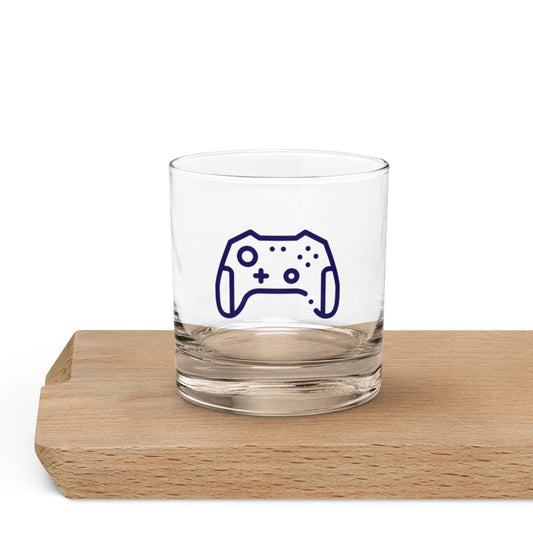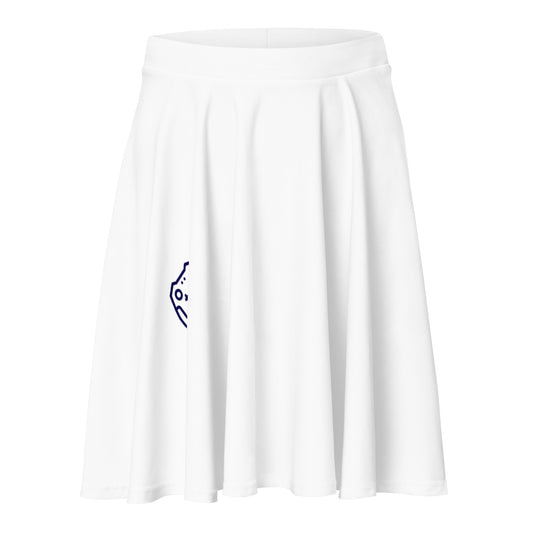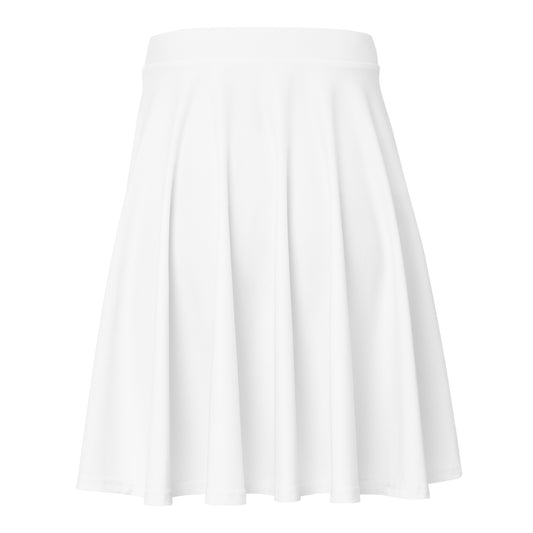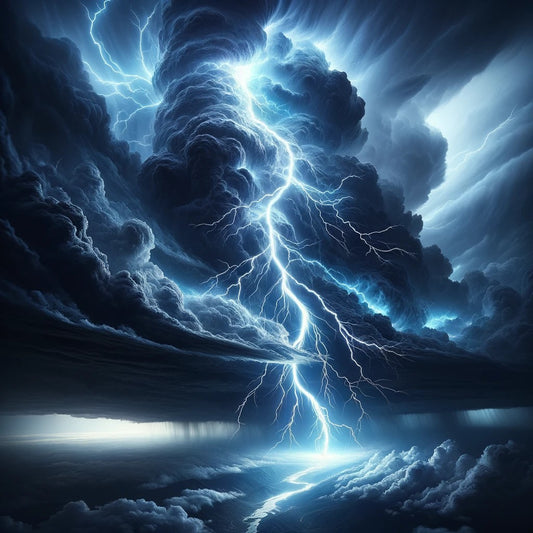
Monster Hunter
Joshua BrunhoffMonster Hunter: A Comprehensive Guide for Aspiring Hunters
Introduction
The Monster Hunter series, developed and published by Capcom, has been a cornerstone of action RPG gaming since its debut in 2004. Players take on the role of hunters, embarking on quests to track and battle formidable monsters across diverse landscapes.
With each installment, the series has evolved, introducing new mechanics, expansive worlds, and more complex creatures. The latest entry, Monster Hunter Wilds, builds on this tradition, offering a new hunting experience that is bigger and more immersive than ever before.
The Evolution of Monster Hunter
The Monster Hunter franchise began on the PlayStation 2, where players were first introduced to a world filled with majestic and dangerous creatures. Over time, the series expanded to various platforms, including the PlayStation Portable, Nintendo 3DS, PlayStation 4, Xbox One, Nintendo Switch, and PC.
A major turning point came with Monster Hunter: World (2018), which modernized the gameplay and introduced seamless environments. It quickly became Capcom’s best-selling game, bringing Monster Hunter into the mainstream.
The success of World led to Monster Hunter Rise (2021), which introduced more dynamic movement, new hunting companions, and wirebug mechanics. The latest installment, Monster Hunter Wilds (2025), pushes the series further, offering even more expansive environments, intelligent monsters, and a deeply immersive world.
Core Gameplay Mechanics
At its heart, Monster Hunter revolves around tracking, battling, and capturing powerful creatures. The gameplay follows a loop of:
- Hunting Monsters – Players take on quests to track and slay or capture monsters. Each monster has unique attack patterns and behaviors.
- Gathering Materials – Defeating monsters yields materials used to craft weapons, armor, and upgrades.
- Crafting and Upgrading Gear – Equipment plays a key role, as stronger weapons and armor are needed to face tougher monsters.
- Mastering Weapons – Players can choose from 14 weapon types, each offering a unique combat style.
Weapon Types
Each weapon class in Monster Hunter provides a different playstyle and strategy. Some of the most popular options include:
- Great Sword – Powerful but slow, with devastating charge attacks.
- Dual Blades – Fast and agile, allowing rapid strikes.
- Bow – Ranged attacks with elemental coatings for added effects.
- Charge Blade – A hybrid weapon that transforms between a sword & shield and a massive axe.
- Hunting Horn – A support weapon that plays buffing songs for allies.
Each weapon has a high skill ceiling, rewarding players who take the time to master its mechanics.
Monster Hunter Wilds: The Latest Entry
Released on February 28, 2025, Monster Hunter Wilds introduces players to The Forbidden Lands, an untamed, ever-changing wilderness filled with new creatures and environmental challenges.
New Features in Monster Hunter Wilds
- Expansive Open World – Unlike previous games, Wilds features seamless transitions between regions, making exploration more immersive.
- Dynamic Weather System – Weather changes impact monster behavior and hunting strategies, forcing players to adapt.
- New Monsters – Introduces powerful creatures like Jin Dahaad, a monster with environmental adaptability.
- Mountable Creatures – Hunters can ride certain beasts for faster travel across the world.
The game has been praised for its incredible ecosystem, where monsters interact realistically with their surroundings and other creatures.
Multiplayer & Community
One of the defining aspects of Monster Hunter is its multiplayer system. Players can team up in groups of up to four to take down the toughest monsters, making team coordination and strategy key elements of the hunt.
The Monster Hunter community is incredibly active, with:
- Online forums and Discord groups dedicated to sharing tips, coordinating hunts, and discussing strategies.
- Regular updates from Capcom, adding new monsters, weapons, and in-game events.
Conclusion
The Monster Hunter franchise continues to be one of the most exciting and rewarding gaming experiences available. Whether you’re a veteran hunter or a newcomer, there’s always a new challenge awaiting.
With the release of Monster Hunter Wilds, players can look forward to the most immersive hunting experience yet, with expansive environments, dynamic weather, and intelligent monsters that react like never before.
Prepare your weapons, study your prey, and dive into the hunt—because Monster Hunter is bigger than ever.
Monster Hunter Glossary: Essential Terms for New Hunters
If you're new to Monster Hunter, this glossary will help you understand key terms and mechanics that define the game.
General Terms
- Hunter – The player character tasked with hunting monsters and completing quests.
- Palico – A feline companion that assists hunters in battle and provides support.
- Palamute – A canine companion introduced in Monster Hunter Rise, which serves as both a combat assistant and a mount.
- Guild – The organization overseeing hunters, providing quests and support.
- Hunter Rank (HR) – A numerical level representing a hunter's experience and progress.
- Master Rank (MR) – A high-tier difficulty setting introduced in Monster Hunter World: Iceborne and later games, featuring more challenging monsters.
- Quest – Missions assigned to hunters, typically involving hunting monsters, gathering materials, or exploring the environment.
Hunting Mechanics
- Carve – The action of extracting materials from a defeated monster to craft weapons and armor.
- Capture – Instead of killing a monster, a hunter can trap and tranquilize it to obtain specific rewards.
- Tracking – Following a monster’s footprints or other clues to locate it in the environment.
- Scoutflies – Glowing insects in Monster Hunter World that help track monsters and gather resources.
- Mounting – Jumping onto a monster’s back to deal damage and potentially topple it.
- Weak Point – Specific parts of a monster that take extra damage from attacks.
- Flinch – A temporary stagger caused by attacking a monster’s weak point.
- Breakable Parts – Monster body parts (horns, tails, wings, etc.) that can be damaged or severed for additional rewards.
Combat & Weapons
-
Weapon Types – Monster Hunter features 14 different weapons, each with unique playstyles, including:
- Great Sword – Slow but powerful.
- Long Sword – Fast and combo-based.
- Sword & Shield – Balanced for both attack and defense.
- Dual Blades – High-speed slashing attacks.
- Hammer – Heavy blunt weapon that stuns monsters.
- Hunting Horn – A support weapon that buffs allies.
- Lance – Strong defense with a long-reaching thrust.
- Gunlance – Similar to the Lance but with explosive shells.
- Switch Axe – A transforming weapon with powerful burst attacks.
- Charge Blade – A technical weapon switching between a sword and shield mode and an axe mode.
- Insect Glaive – Allows aerial combat and kinsect-based attacks.
- Bow – A ranged weapon with high mobility.
- Light Bowgun – A rapid-fire ranged weapon.
- Heavy Bowgun – A powerful but slow firearm.
-
Sharpness – A stat that determines how easily a melee weapon can cut through monster hide. Weapons lose sharpness with use and must be sharpened with a Whetstone.
-
Affinity – A weapon’s critical hit chance. Positive affinity increases the chance of landing a critical hit, while negative affinity reduces it.
-
Elemental Damage – Some weapons deal fire, water, ice, thunder, or dragon damage, which can be more effective against certain monsters.
-
Status Effects – Some weapons inflict Poison, Paralysis, Sleep, or Blast damage.
-
Kinsect – A companion insect used with the Insect Glaive to extract buffs from monsters.
Monster Behavior & Statuses
- Large Monsters – The primary creatures hunters face, often requiring strategy to defeat.
- Small Monsters – Weaker creatures that can be hunted for materials or serve as obstacles.
- Enraged Mode – A monster enters a more aggressive state, dealing more damage and moving faster.
- Exhaustion – A monster loses stamina and becomes sluggish, sometimes drooling or slowing down.
- Pitfall Trap / Shock Trap – Traps that immobilize a monster temporarily.
- Tranq Bombs – Used to sedate a monster for capture after it’s been trapped.
- Environmental Hazards – Lava, poison gas, or falling rocks that affect both hunters and monsters.
Armor & Crafting
- Armor Skills – Special abilities granted by wearing specific armor sets.
- Decorations – Items that slot into armor to provide skill enhancements.
- Charms & Talismans – Items that boost a hunter’s stats and abilities.
- Mantles & Boosters – Equipment in Monster Hunter World that provides temporary buffs (e.g., increased attack, invisibility, or resistance to damage).
- Whetstone – A tool used to restore weapon sharpness.
- Mega Potion – A powerful healing item that restores a significant amount of health.
- Max Potion – Restores full health instantly.
Multiplayer & Online Play
- SOS Flare – A feature in Monster Hunter World that lets players call for help from other hunters online.
- Hub Quests – Multiplayer quests designed for groups of up to four players.
- Squads – In-game guilds where hunters can form teams for cooperative play.
- Guild Cards – A collectible profile shared between players showing hunting achievements.
References & Further Reading
-
Monster Hunter Wilds Official Website – https://www.monsterhunter.com/
wilds/














